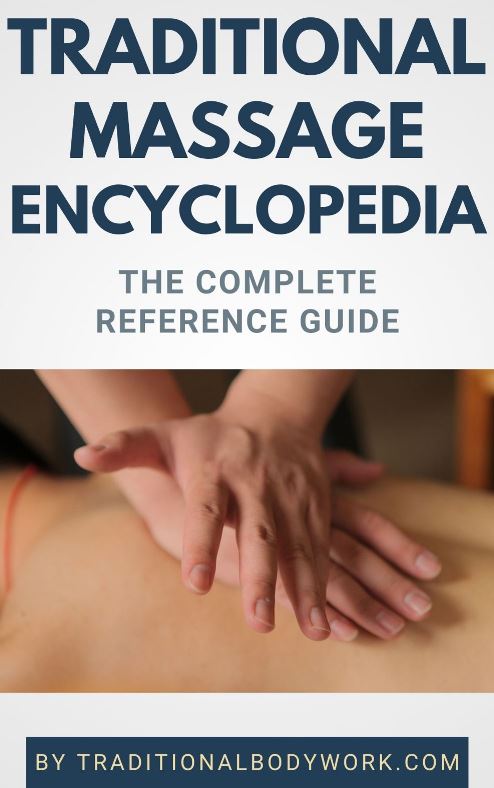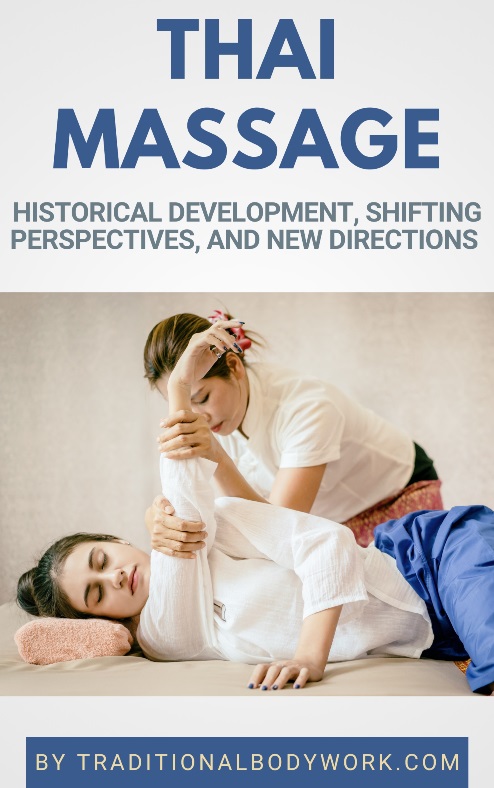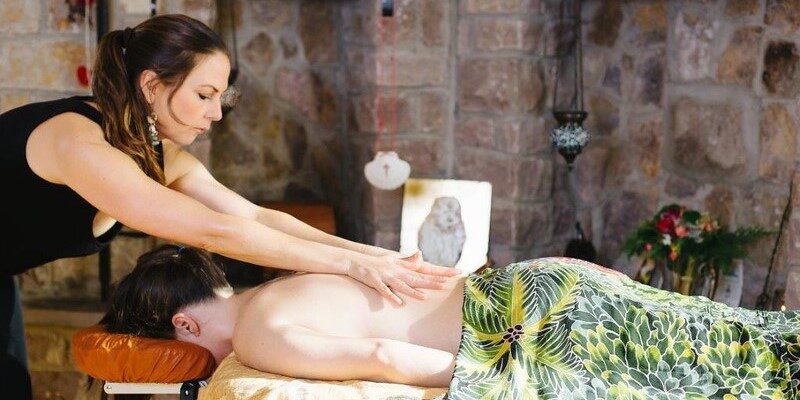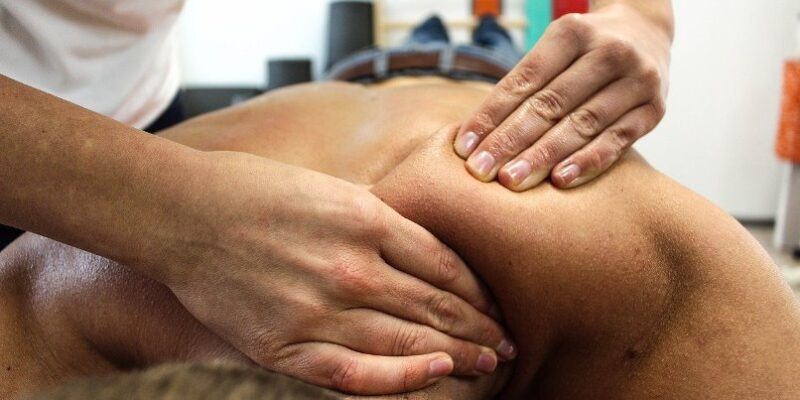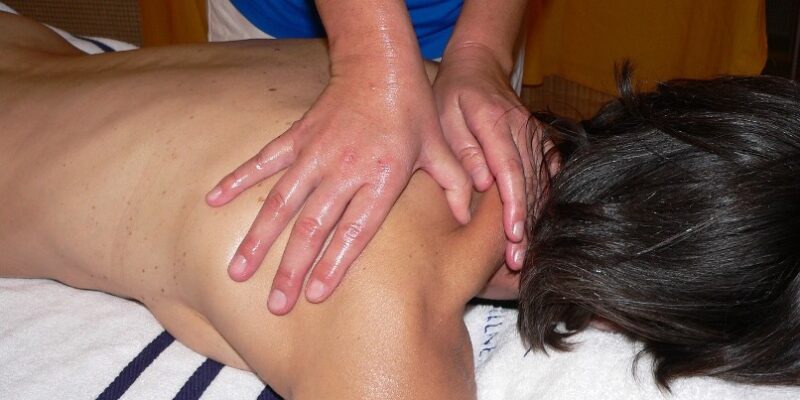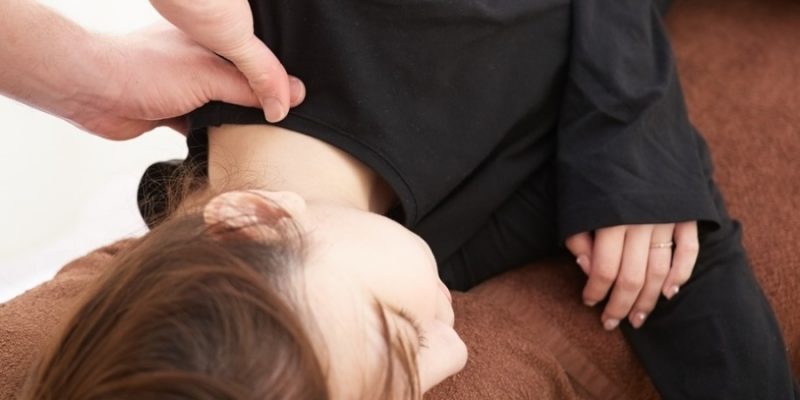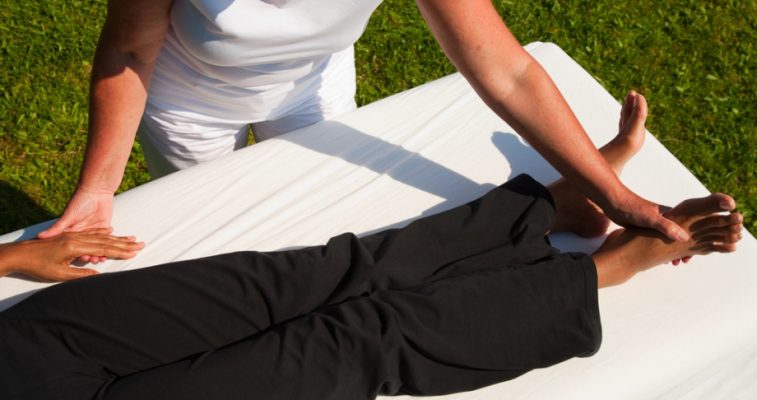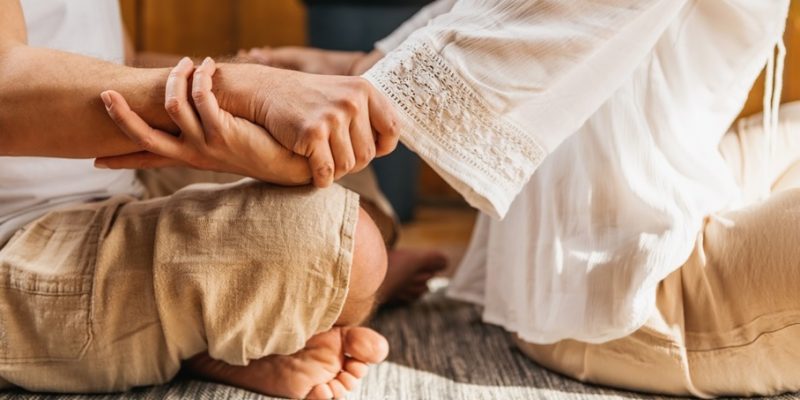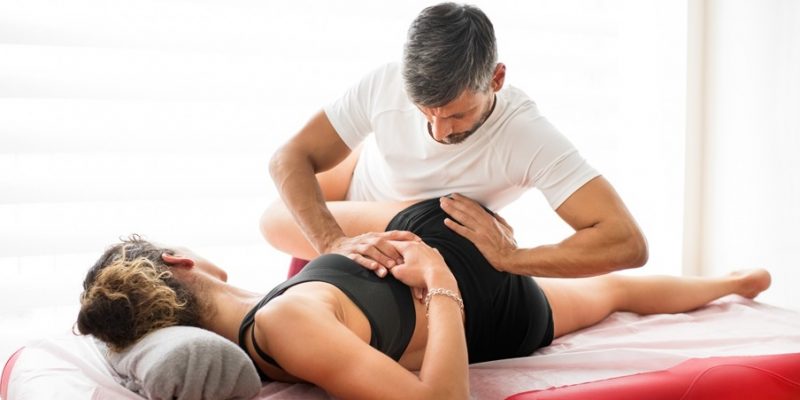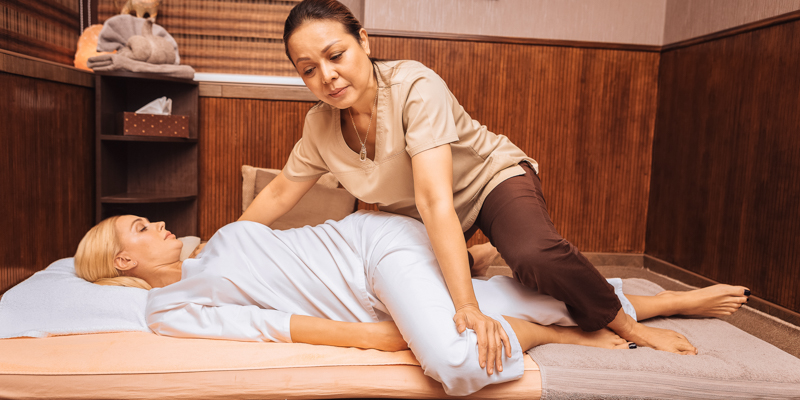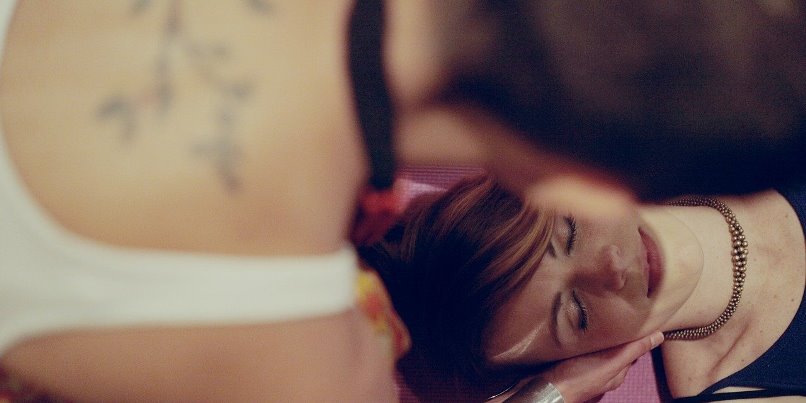
Craniosacral Therapy (CST), also called Craniosacral Massage, was developed in the 1970s in the USA by John Upledger, an osteopathic physician. It’s a gentle, manual method of evaluating and manipulating the functioning of a physiological body system called the Craniosacral system.
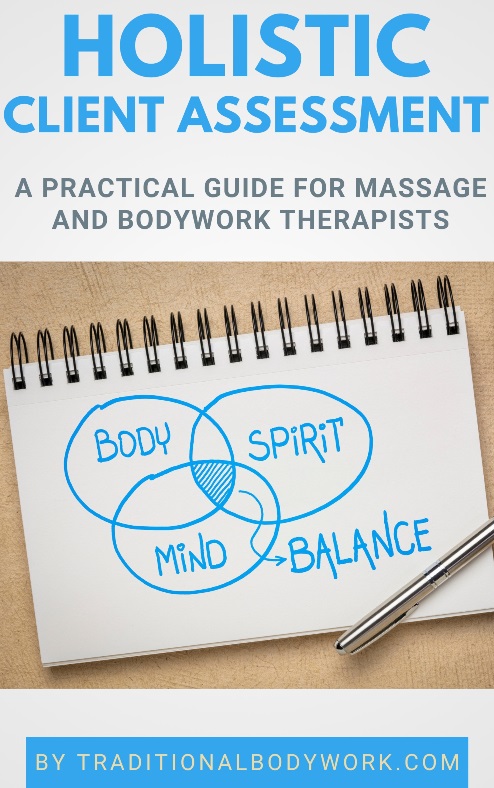
This Craniosacral system consists of the membranes and fluid that surround and protect the brain and spinal cord, as well as the attached bones, extending from the bones of the skull, face and mouth running down the spine to the sacrum area. It plays an important role in maintaining the environment in which the Central Nervous System functions and as such influences a wide variety of bodily functions.
During a Craniosacral treatment, the joints in the cranium (or skull), parts of the pelvis, and the spine downwards to the sacrum (tailbones) are manipulated i.e. palpated.
With a soft touch CST practitioners release restrictions in the Craniosacral system, which is thought to improve the function of the Central Nervous System, the digestive, musculoskeletal, respiratory, and circulatory, among other bodily systems.
Additionally, CST is thought to help alleviate conditions such as Post Traumatic Stress Disorder (PTSD), depression, and anxiety.
Sessions generally take between thirty minutes up to an hour. The receiver remains fully clothed and lies on a massage table during the treatment.

